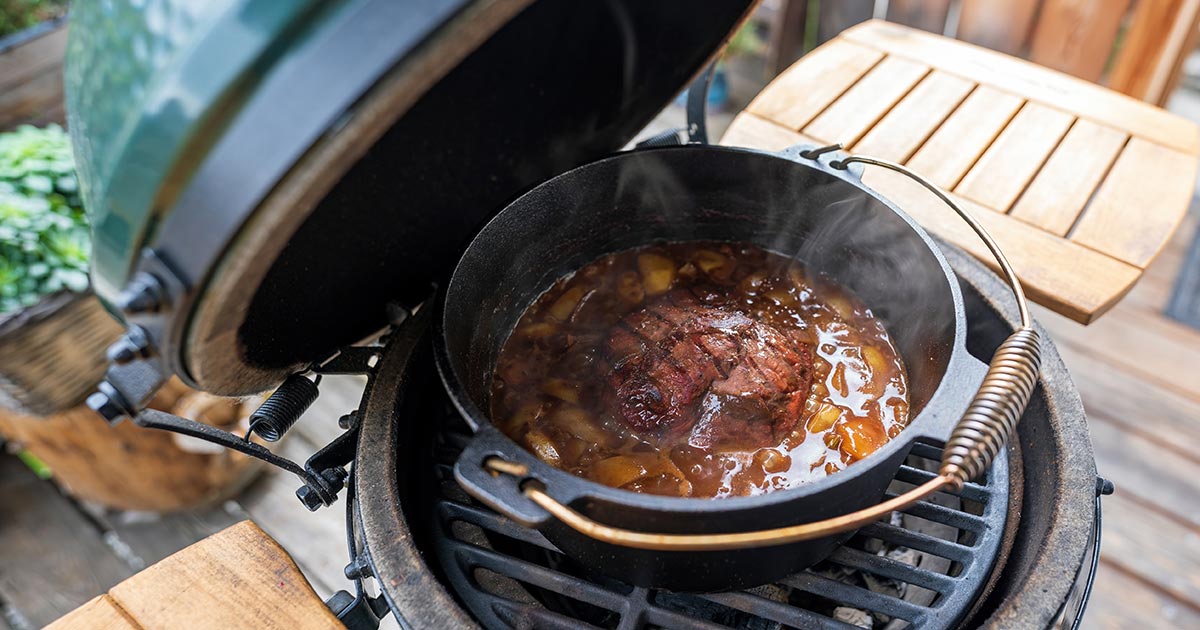Best Techniques to Cook Game Meat
With the harvest season in full swing, many hunters will be preparing their wild game at home. If you are new to cooking or grilling game meat, it’s worth doing a bit of online research before you start. Game meat is considered any meat sourced from wild animals such as deer, elk, bison, and game birds (duck, quail, pheasant). With a rich and unique flavor, it requires a bit of skill in preparation. The biggest benefit is that these uniquely sustainable proteins can deliver lean, high-quality, and free of antibiotics alternatives to store-bought meat.
The taste of the meat heavily depends on the sex and age of the animal, the time of year, and the processing after the kill. A buck taken during the rut is usually stronger-tasting and tougher than during any other part of the season. The diet and the place where it was harvested can affect the overall flavor. The corn-fed game will be much better than the one raised on low-calorie foods.
There are just a few rules to follow when preparing game meat, which are not that much different from your regular protein.
Preparation
It’s a pretty basic step, but make sure your piece of meat is properly butchered. This means removing any excess fat and connective tissue as these may contribute to a more “gamey” taste.
Always bring it to room temperature
Take the meat out of the fridge before cooking. Any meat can be easily shocked when exposed to high temperatures in the pan. You will notice this even more with all game meat. It tends to shrink and produce a lot of liquid, making it even tougher when served. Allow at least an hour to bring it to room temperature.
Marinate the meat
Marinating game meat will help tenderize it and add layers of flavor. Use acidic ingredients like vinegar or citrus, along with herbs, spices, and oils. Marinate for at least a few hours or overnight in the refrigerator.
Choose the right cooking method
Due to its lean nature, game meat will benefit from slow cooking methods like braising or stewing. This will helps break down tough fibers and improve the tenderness.
For cuts like steaks and chops, grilling or searing can provide a better flavor as generally the meat remains more tender when pink rather than well-done. Use high heat to sear the outside and finish cooking in the oven at a lower temperature. If cooked too long, wild game often will produce a bitter and metallic taste. In order to avoid it, keeping an eye on the internal temperature will be helpful.
Grilling is an option for thicker slices of game, but be aware that the outcome will be less juicy than traditional grilled meat. The fat content in game meat is very low and regulating the temperature on the grill is not ad precise. Leave the meat to rest after cooking, just like you would with a traditional steak.
Glazing
Although marinating is a great step, game meat benefits form a good glaze. It helps balance the flavors and add moisture to the meat. Use it during and finish after cooking for added flavor.
Recipes
Find a recipe that highlights the protein vs. trying to hide the strong flavor. The cooking technique generally varies by the cut of game. Be sure to know what part and type of an animal you are working with. For large game you can interchange the recipes between bison, venison and wild boar. Always remember that game protein pairs well with earthy flavors such as mushrooms, beats, carrots as well as with blueberries. Aromatics including thyme and sage will help you elevate the flavors and create better-tasting dishes.

